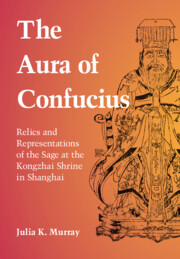As social identities are not static but made, actors constantly invest in their public image, financially, institutionally, and aesthetically. This article examines and compares two vignettes of NATO’s public (visual) diplomacy and strategic communication. It shows the changing nature of the visual communication that NATO has applied to rationalise its military force and to fix its collective identity. In addition, the article illustrates that the changing visual communication of the alliance shapes and is shaped by its identity constructions and its quest for ontological security. For the vignette of a force comparison report from 1984, authored by the NATO Information Service, I argue that technical images are conditioning the sensible and possible by normalising the deployment of military force and disciplining anxieties about the self, deterrence, and defence. This look is based on spatial divisions, absent people, and relational objects. Compared to the vignette of NATO’s more recent social media campaign, #NATO2030, published in 2021, I argue that the latter reveals the progressive nature of the alliance by gaze to gender, diversity, and collective security. This shift from a deterrence-fixed to a human-faced episteme symbolises NATO’s ability to secure a stable self while adopting its public diplomacy.


